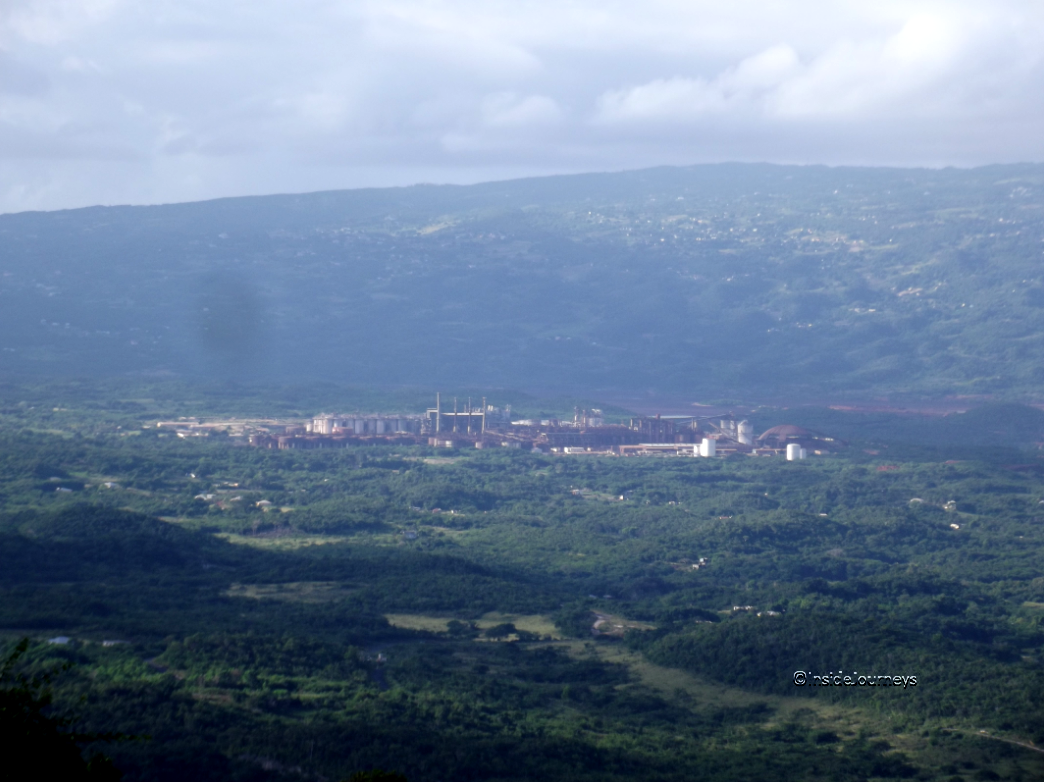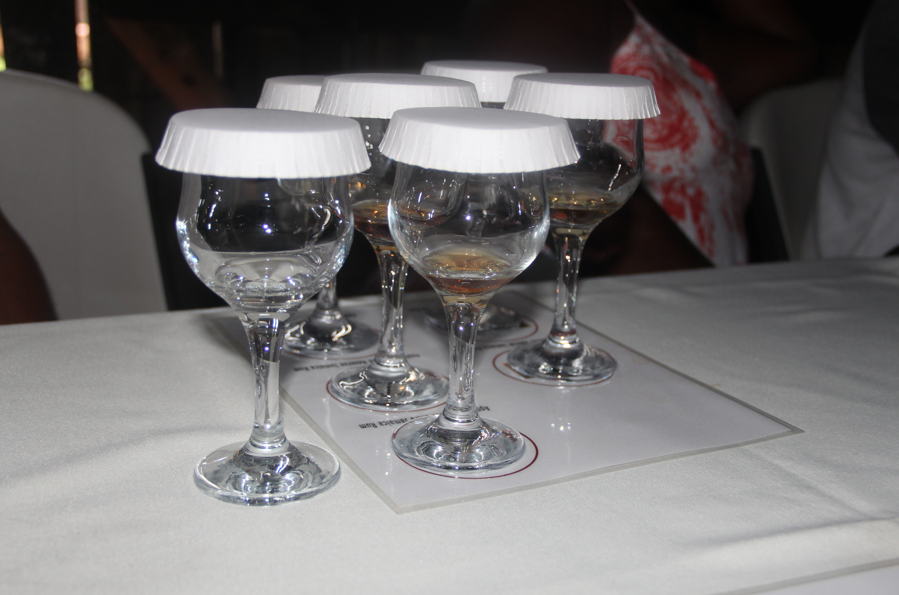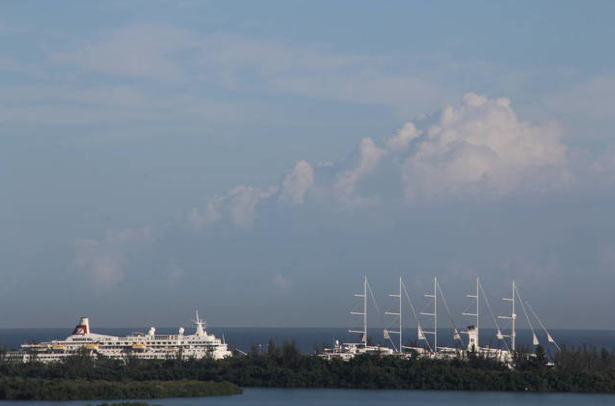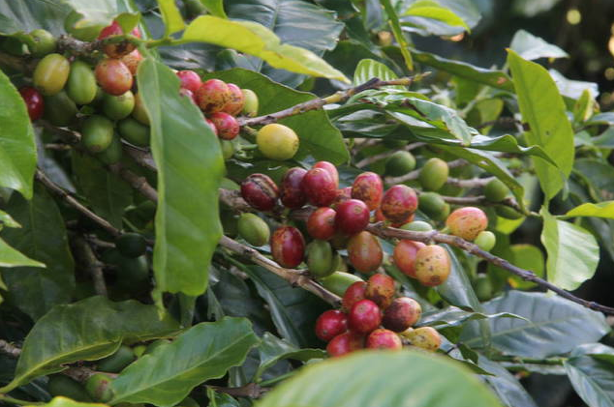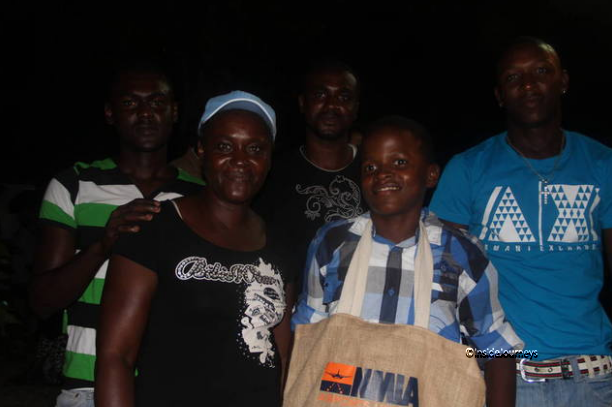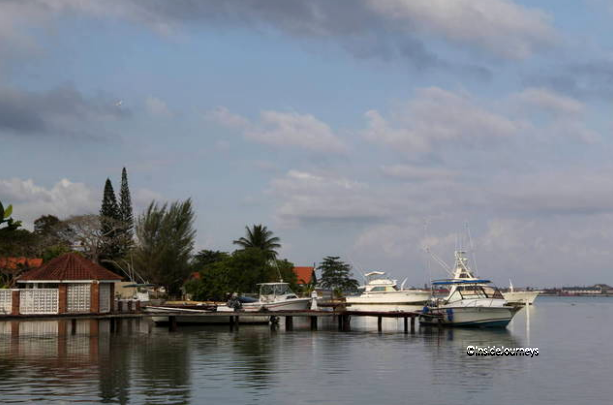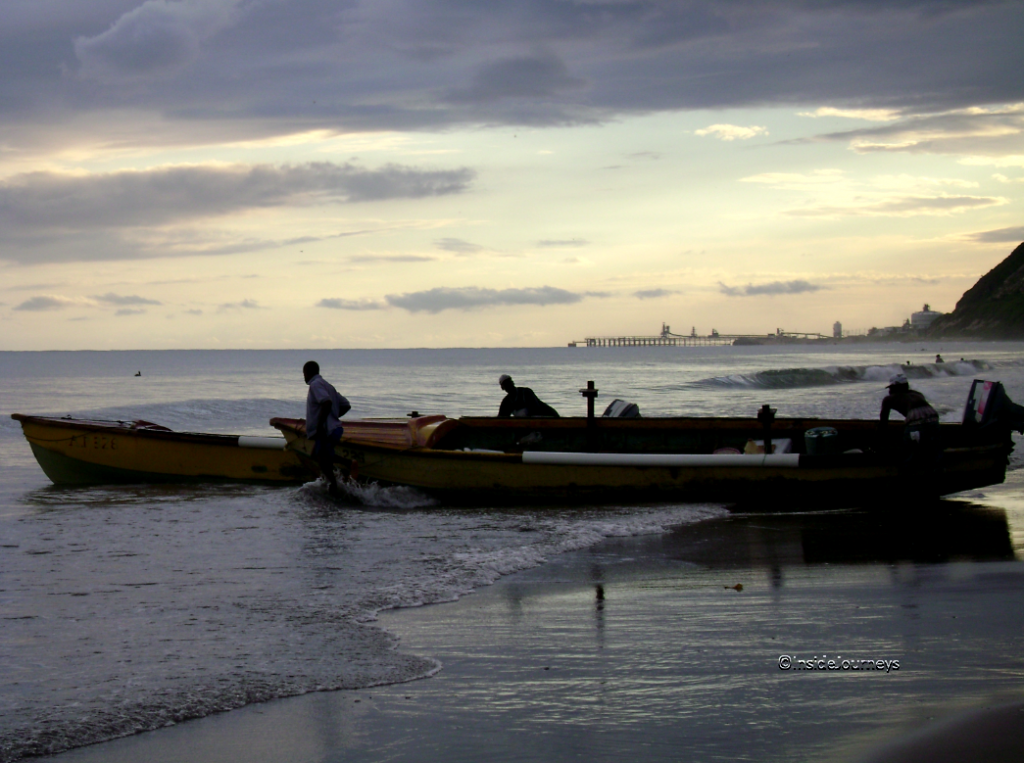Those of you who read my posts last year about Jamaica marking 50 years of independence from Britain might be a little confused by the title of this post.
If Jamaica celebrated only 50 years of independence in 2012, how can the Jamaican Maroons be celebrating 275 years? And who are these Maroons?
Please read on and I’ll explain.

Who are the Maroons?
The Maroons are Africans who escaped into the interior of the island when the British grabbed Jamaica from the Spanish in 1655. Some found refuge in the Blue and John Crow Mountains in the eastern parishes of Portland, St. Thomas, St. Andrew and St. Mary. They became known as the Windward Maroons. Others took to the Cockpit Country, an area that covers parts of the parishes of St. Elizabeth, Manchester, St. James, Trelawny, St. Ann and St. Mary. They became known as the Leeward Maroons.
Both are difficult and sometimes inhospitable locations which the Maroons used to their advantage when the British, who didn’t take kindly to their slaves escaping plantation life, came hunting them. What the British didn’t count on, however, was the skill and tenacity of these slaves, whose name is derived from the Spanish word for untamed, cimarron, and their unquenchable desire for freedom.
Using the trees and vegetation as camouflage, the Maroons were able to beat back the invading British forces. Unable to defeat them after two Maroon Wars, the British decided to join them and signed treaties with both the Leeward (January 6, 1738), and Windward Maroons (1739).
Under the treaties, the Maroons were given several thousand acres of land and allowed to live in partial autonomy in communities such as Accompong Town, Trelawny Town, Moore Town, Scotts Hall and Nanny Town. In exchange, they had to turn over any new runaway slaves (eventually becoming slave hunters themselves), and fight alongside the British to defend the island from outside attack.
The treaties, which are in force to this day, in effect created autonomous states within the island. The Maroons govern themselves — the Jamaican government can intervene only in cases of capital crime, which is rare among them. All lands belong to the communities – there are no individual owners — and they pay no taxes.
Each year, on January 6th, Accompong Town celebrates the anniversary of the signing of the treaty, and the birthday of their founder, Kojo (and brother of Nanny, founder of the Windward Maroons and National Heroine), with a party that draws hundreds of Jamaicans and visitors to their community in the hills of the St. Elizabeth section of the Cockpit Country.
Continue reading “Accompong Maroons Celebrate 275 Years of Independence from Britain”




